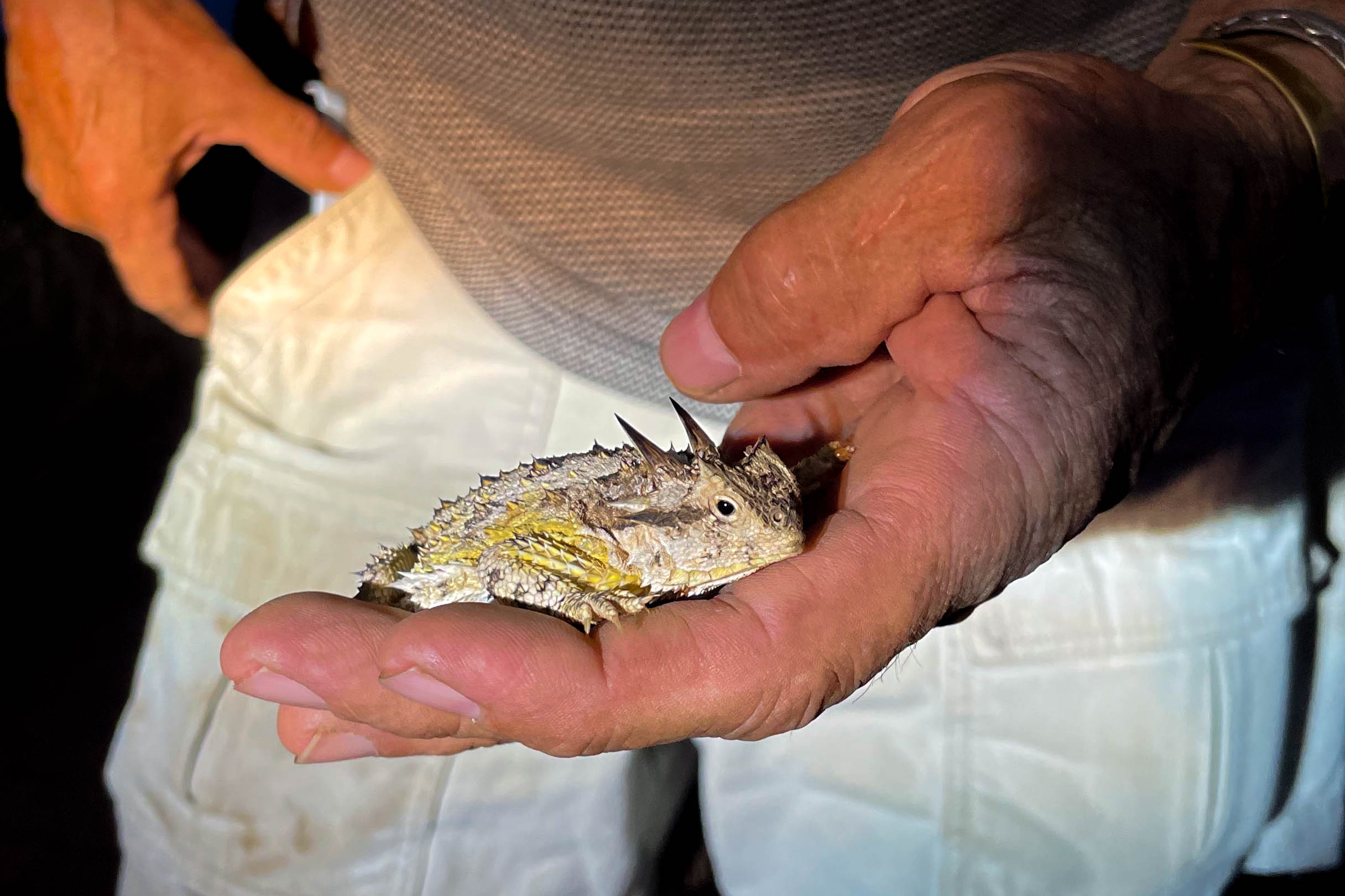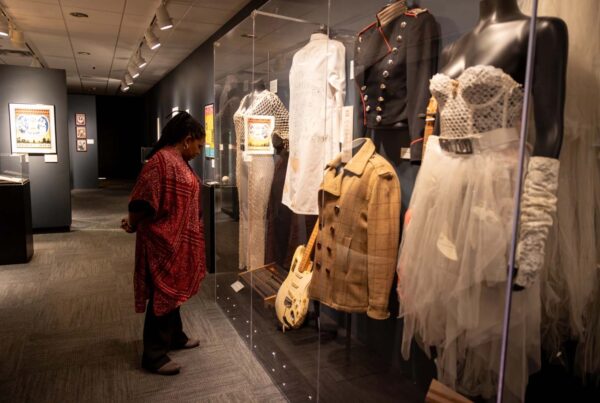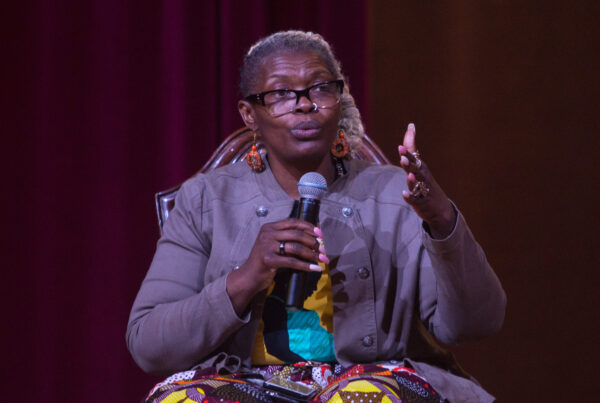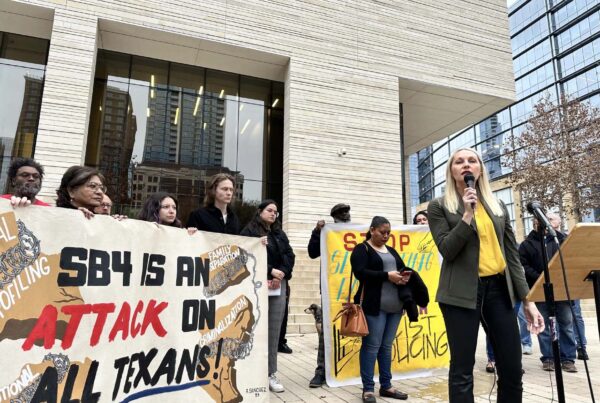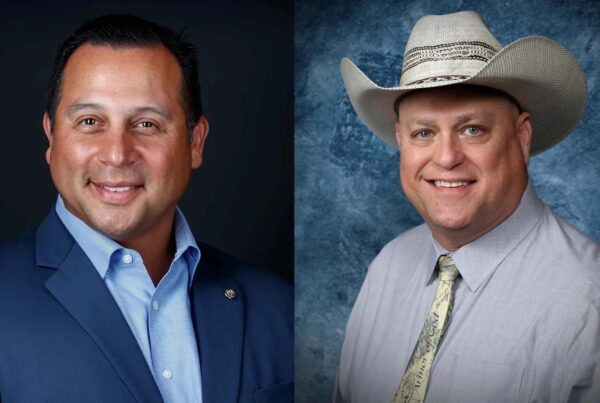This story comes from NPR’s Next Generation Radio project:
Brian Wright savors his evening drives on the White Ranch in Mason, Texas. He lives and works on the 9,500-acre property as the ranch’s manager. The drive has become one of his rituals, because Wright considers nature to be his church.
“What is the definition of a church – it’s a building that people go and congregate together and worship,” says Wright, 69. “And for me, it’s every time I go out and drive around … I mean, this is my house of worship.”
On the side of the red-dirt road, a flash of movement catches his eye. He pulls over his ranch vehicle, a sage green Kawasaki Mule, and hurries to scoop up a small bundle of horns and scales. It’s a Texas Horned Lizard and it quickly flattens out like a pancake, to a size nearly as big as his hand. That’s just one of its defense mechanisms to hide from predators.
“They’re just unique little critters,” he says. “They will squirt blood out of their eyes when you start to handle ’em if they’re really fearful. So sometimes when I’ve picked ’em up, they’ve actually squirted blood on my hand or on my shirt.”
Wright flips the lizard over and points at the spots on its cream-colored stomach. He explains that the spots are kind of like a fingerprint.
To Wright, this lizard is the “sweetheart of the rodeo” — horns and all.
“They have a mystique about ’em, you know. They’re kind of so ugly, they’re cute,” he says.


